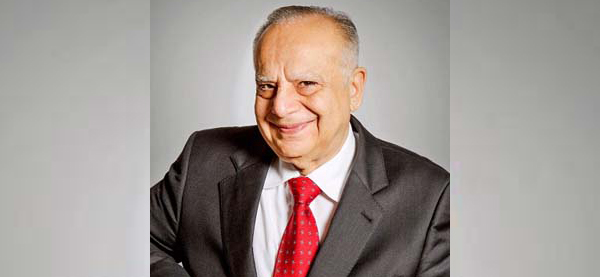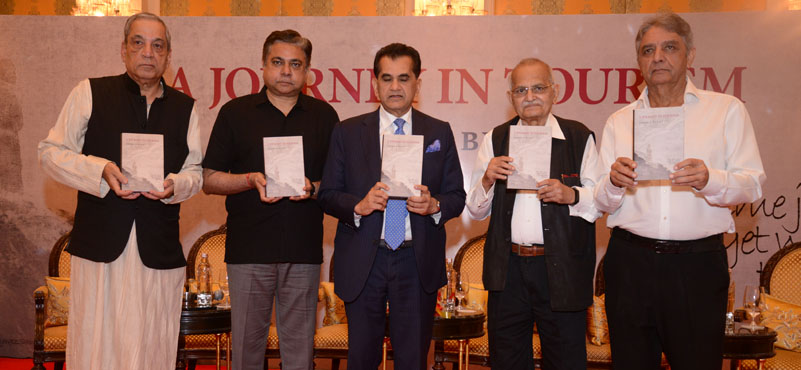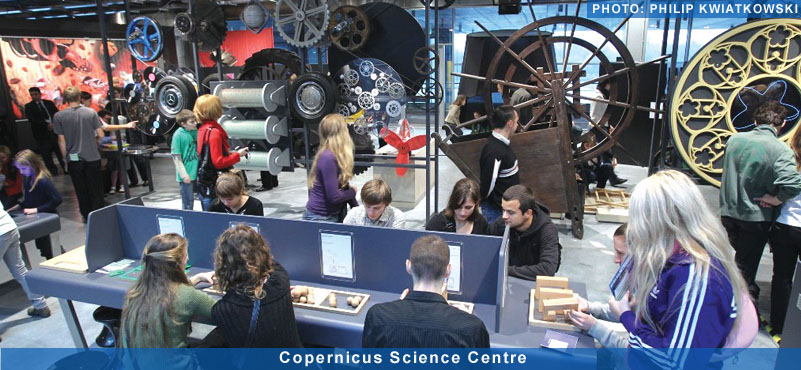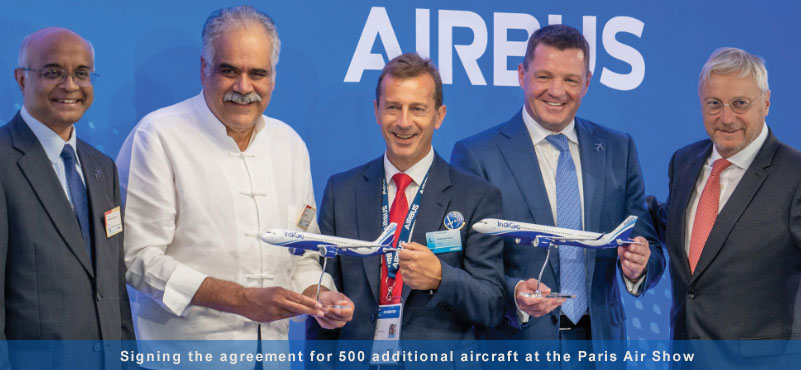Sunder. G. Advani has been appointed the President of WTTCII (World Travel and Tourism Council, India Initiative) for 2018. He assumes office at a time when the government is aiming to double inbound numbers in the next three years, besides doubling foreign exchange revenue from tourism in the same timeframe. In his admission, he terms the target “very optimistic” and suggests that batting for a more reasonable GST rate slab and assisting the government in attracting high-end tourists, among others, are his key priorities moving forward. He shares his thoughts on a host of issues in an exclusive interaction with BITB.
What are your key priorities after assuming office in 2018? If you must list out three key areas of importance, what would they be?
My first priority is to continue my efforts to convince the government authorities that a GST rate of 28 percent on hotel rooms which are priced at INR 7500 per day is far too high. Foreign tourists will be inclined to visit our competing countries where the tax rates are less than 10 percent. Even our domestic tourists will be attracted to go abroad rather than stay within India. The GST Council has reduced the slabs on various luxury items such as diamonds. A room costing INR 7500 or about 110 USD is not a luxury, as compared to a one-way business class ticket between Mumbai and Delhi priced at INR 40,000 and charged GST of 12.
My second priority is to convince the government that tourism can create more jobs (especially in Tier II and Tier III cities) at a lower investment than most other industries and must be given “Infrastructure Status”. India has a competitive advantage in tourism as labour is a major cost component and our labour rates are reasonable.
My third priority would be to help the government to attract foreign tourists, especially of the affluent variety to our country. WTTC has done research studies on which countries are likely to witness a growth of outbound tourism and their research can be useful to target specific countries and to attract them to India.
At a time when WTTCII is trying to bring in more synergy amongst stakeholders, we see that countries, world over, are increasingly embracing protectionism – in businesses and otherwise. How do you see that impacting travel and tourism in the imminent future? How will businesses in the industry deal with this challenge?
Even though countries the world over are embracing protectionism, this will have no impact on travel and tourism in the near future. Prime Minister Modi and President Donald Trump are pushing “Make in India” or “Buy American, Hire American” respectively, but not asking their citizens not to travel to other countries.
Indian PM has made a strong pitch for India as an attractive business destination at Davos. You have been a strong votary of MICE segment and opportunities therein. Do you think all this outreach, especially from the top echelons of the government, will boost the segment? What are some challenges facing MICE segment in India?
The strong pitch made by PM Modi at Davos will certainly attract more businessmen from abroad to visit India. This will certainly provide a boost to MICE tourism. The challenges facing MICE from outside India is that they require a large number of hotel rooms for a few days, especially in the peak winter months. Moreover, the commitments by hotels with rates has to be given several months before the Event. Many hoteliers are reluctant to do this.
There are challenges faced by MICE from within India. As per the GST regulations, if an Indian Company decides to hold a conference in a hotel in a State where it does not have an office, the Company would not be entitled to INPUT Credit. Hence, domestic MICE will suffer.
We have crossed the elusive ten million international inbound mark in 2017. It is unprecedented. Where do you see these numbers heading in the coming years? Is the tourism minister’s target of doubling inbound numbers and foreign exchange revenue from tourism in three years an achievable one? If yes, what do you think needs to be done to reach that milestone?
The 10 million mark is too low when compared to Thailand’s 32.6 million, or Singapore’s 16.4 million, or 12 million visiting Indonesia. If one does a straight-line projection of the last 10 years, the targets set by the tourism minister appear to be very optimistic. It is very heartening to see that he has projected the foreign exchange revenue from tourism which is more important than the number of inbound tourists. There needs to be a concrete plan for achieving these numbers. The Consulting Company which I worked for in Washington DC was requested to do a Tourism Master Plan for Sri Lanka almost 50 years ago and I was assigned to the project. The study went into which countries should be chosen on a priority for marketing taking into consideration their per capita GDP, distance from Sri Lanka etc. The study was required to project what aspects of the country needs to be highlighted and the type and number of hotel rooms that should be available in those tourist areas and what else needs to be done to succeed. This requires to be done if one wishes to achieve these numbers.




































